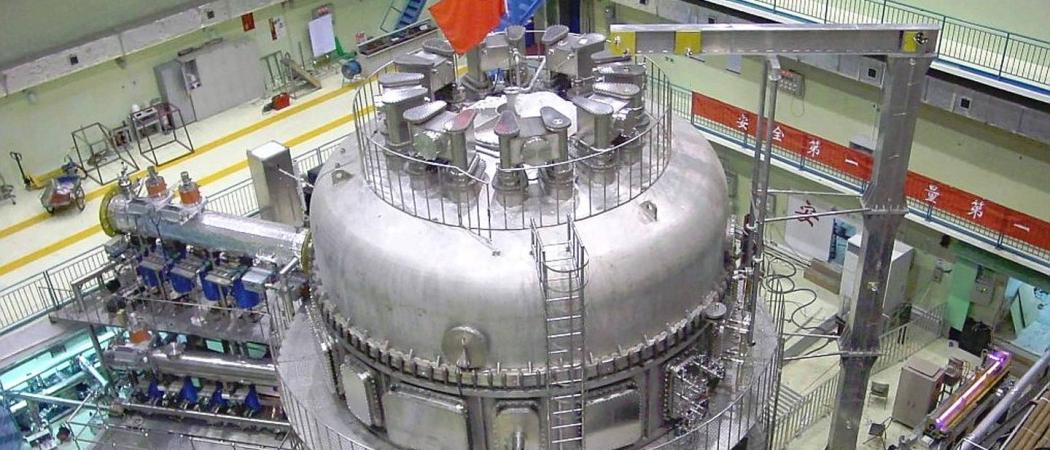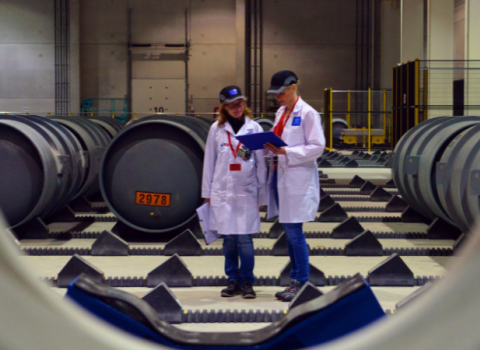Nuclear device, due for switch on in 2020, will pursue the long held dream of controlled atomic power

The Experimental Advanced Superconducting Tokamak (EAST) at the Chinese Academy of Sciences institute of plasma physics (ASIPP) in Hefei, Anhui Province, November 14, 2018. (Photo: IC)
Chinese scientists say they have completed construction of a nuclear fusion reactor that will take them on the mammoth pursuit of a virtually unlimited source of power.
The machine, based at the Southwestern Institute of Physics in Chengdu, the capital city of southwest China’s Sichuan province, will become operational in 2020.
China is among several states working on projects to achieve nuclear fusion, the atomic reaction that takes place in the sun and in hydrogen bombs.
The Chinese device consists of a doughnut-shaped chamber called a tokamak, which is similar to the EU-funded Joint European Torus in the UK.
The reactor aims to harness two main ingredients, deuterium and tritium, which will be lashed with extreme heat until they jam together to form helium, unleashing tremendous energy.
The potential prize is an invaluable contribution to reducing planet-warming emissions. Fusion reactions release no carbon dioxide. Their fuel, derived from water, is abundant.
Experiments in China’s reactor will provide a dress rehearsal for work on ITER, the stadium-sized fusion reactor under construction in southern France.
The Chinese are one of seven main partners – alongside the EU, Japan, Russia, the US, India and South Korea – in ITER, the world’s most expensive international science project, at £15.5 billion.
All partners have agreed to contribute pieces of the reactor, with the central ITER organisation responsible for coordinating construction. The EU owns 45 per cent of the project and the other partners nine per cent each.
ITER promises to produce net fusion power sometime after 2035.





 A unique international forum for public research organisations and companies to connect their external engagement with strategic interests around their R&D system.
A unique international forum for public research organisations and companies to connect their external engagement with strategic interests around their R&D system.